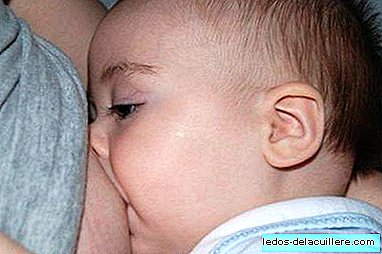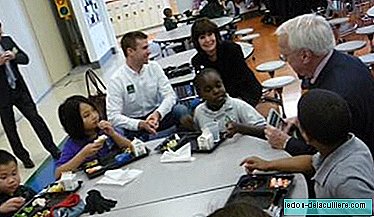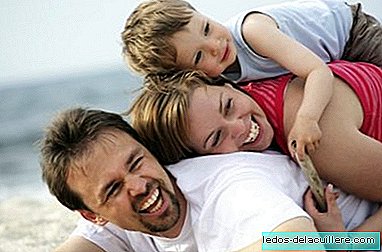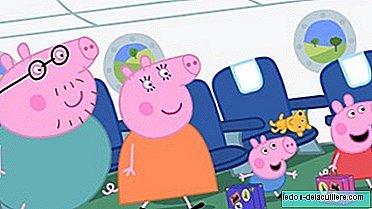
In addition to the best known benefits of breastfeeding as food, it has an important role in the development of the baby's facial muscles. The breastfed baby performs ten percent more sucking movements than the one who takes a bottle, which contributes to a harmonious facial development and helps prevent diseases such as otitis and diction problems.
The baby has to make more movements to suck the mother's nipple than to take the bottle. While with the first one you have to be able to extract the milk, with the bottle the flow is guaranteed.
When a baby sucks the mother's breast, her jaws and tongue work in a coordinated way. Suck the nipple to the back of the mouth and squeeze it to extract the milk by pressing it against the palate. The tongue forms a channel under the chest, while its lips retract and press against the chest to maintain suction.
Suction and swallowing movements, in turn, coordinate with breathing. One or two suction movements occur for each breath.
A study conducted by a team of Neonatology at the Mutua de Terrassa University Hospital and the Pediatrics Service of the Sant Joan de Deu Hospital, the first research done in Spain on the differences in the suction mechanism between breastfeeding and artificial lactation , confirms that there are different suction patterns between one and the other.
They have observed that when a child takes a breast, they have a way of breastfeeding in which they occur ten percent more sucking movements than when taking the bottle.
These movements are a great workout that helps mature the baby's masticatory and respiratory function, prevents diseases such as otitis and facilitates speech development.












